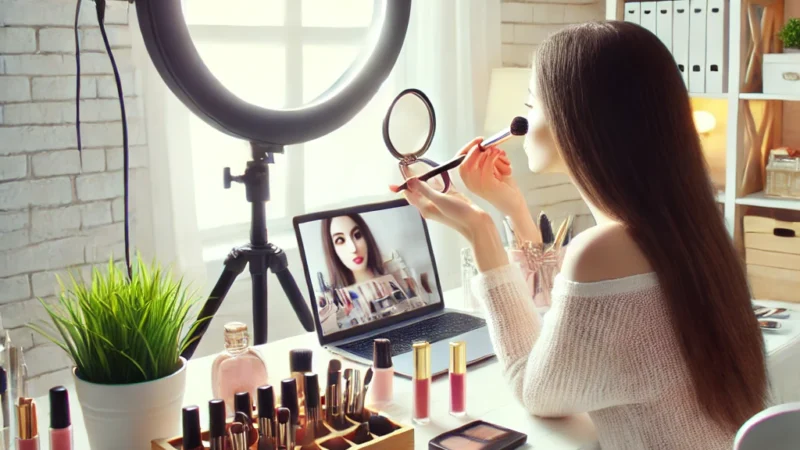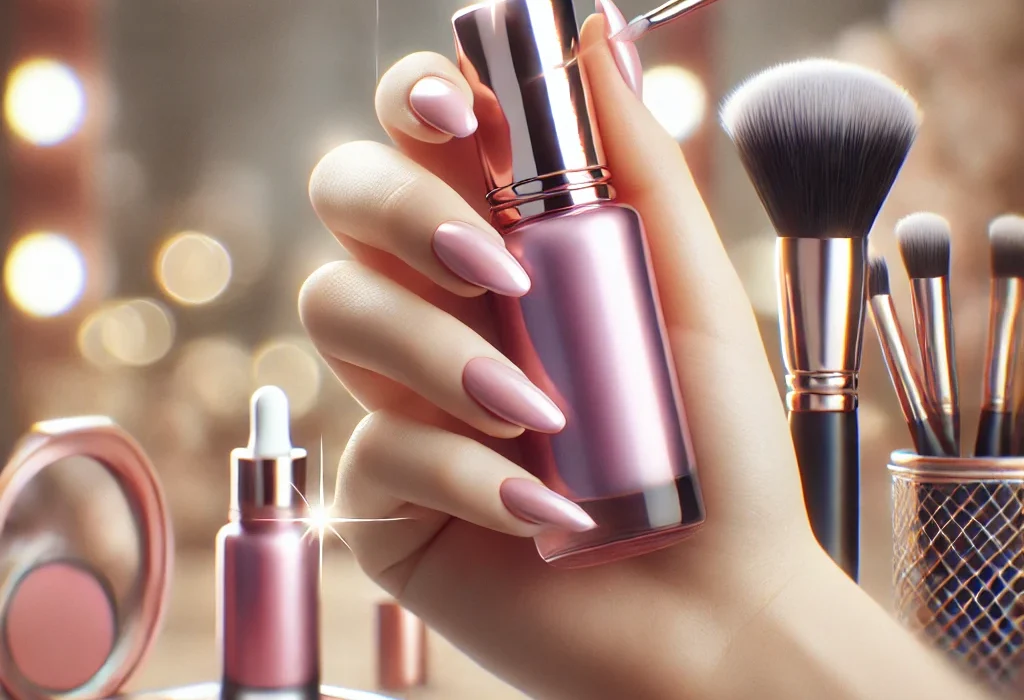Table of Contents
The beauty industry thrives on trends, authenticity, and personal connections. In this dynamic space, micro-influencers are emerging as powerful allies for brands looking to build trust, engagement, and ROI. Unlike mega-influencers with millions of followers, micro-influencers (typically those with 1,000–50,000 followers) bring a unique edge: niche audiences and higher engagement rates.
Here’s why micro-influencers are reshaping beauty marketing — and how brands can leverage their potential.

The ROI of Micro-Influencers in Beauty Marketing
Micro-influencers may not have the reach of global celebrities, but they offer exceptional value. Let’s break it down:
1. Higher Engagement Rates
Studies show that as follower count increases, engagement rates often decrease. Micro-influencers average an engagement rate of 3-8%, significantly higher than mega-influencers’ 1-2%. For beauty brands, this means their content resonates deeply with followers, driving authentic conversations and action.

2. Authenticity and Trust
Micro-influencers often maintain closer relationships with their followers. They’re seen as friends, not celebrities, which makes their recommendations more impactful. In beauty, where trust is paramount, this connection can turn viewers into customers.

3. Cost-Effectiveness
Collaborating with mega-influencers can cost hundreds of thousands of dollars per post. Micro-influencers, however, often work for a fraction of the price or even on a barter basis, making them accessible for brands of all sizes.

4. Niche Audiences
Micro-influencers tend to have highly specific audiences, from skincare enthusiasts to makeup artists, making it easier to target the right consumers. This is especially valuable for beauty brands with specialized products, such as vegan cosmetics or anti-aging serums.


How Micro-Influencers Drive Growth for Beauty Brands
1. Amplifying New Product Launches
Micro-influencers excel at creating buzz around product launches. Their audience is eager to discover new products, and their recommendations often lead to immediate trial and purchase.

2. Generating User-Generated Content (UGC)
Micro-influencers are content creators at heart. They produce high-quality, relatable content that brands can repurpose for their own marketing. From tutorials to unboxings, their posts provide authentic, creative assets.

3. Building Long-Term Brand Advocates
Unlike one-off mega-influencer campaigns, micro-influencer partnerships often develop into long-term collaborations. These ambassadors become integral to your brand story, creating sustained loyalty and word-of-mouth marketing.

Steps to Launching a Successful Micro-Influencer Campaign





The Future of Micro-Influencers in Beauty
As consumer trust becomes increasingly important, the role of micro-influencers will continue to grow. These creators bridge the gap between brands and audiences, offering authenticity, relatability, and measurable ROI.
Whether you’re launching a new product, building brand awareness, or expanding into niche markets, micro-influencers provide a cost-effective and impactful solution.
Have You Worked with Micro-Influencers?
We’d love to hear about your experience! What worked, what didn’t, and what did you learn? Let’s discuss in the comments!





